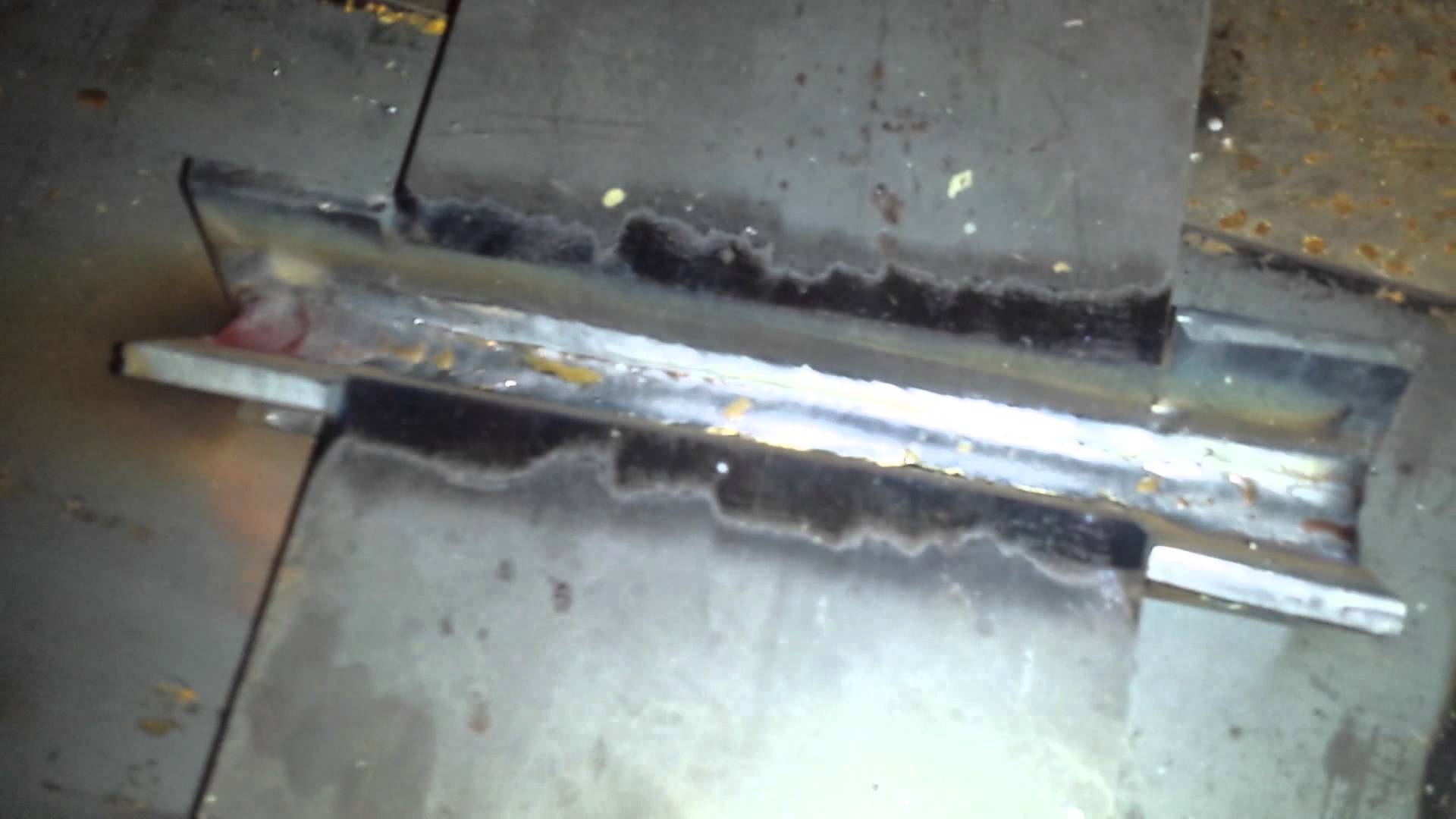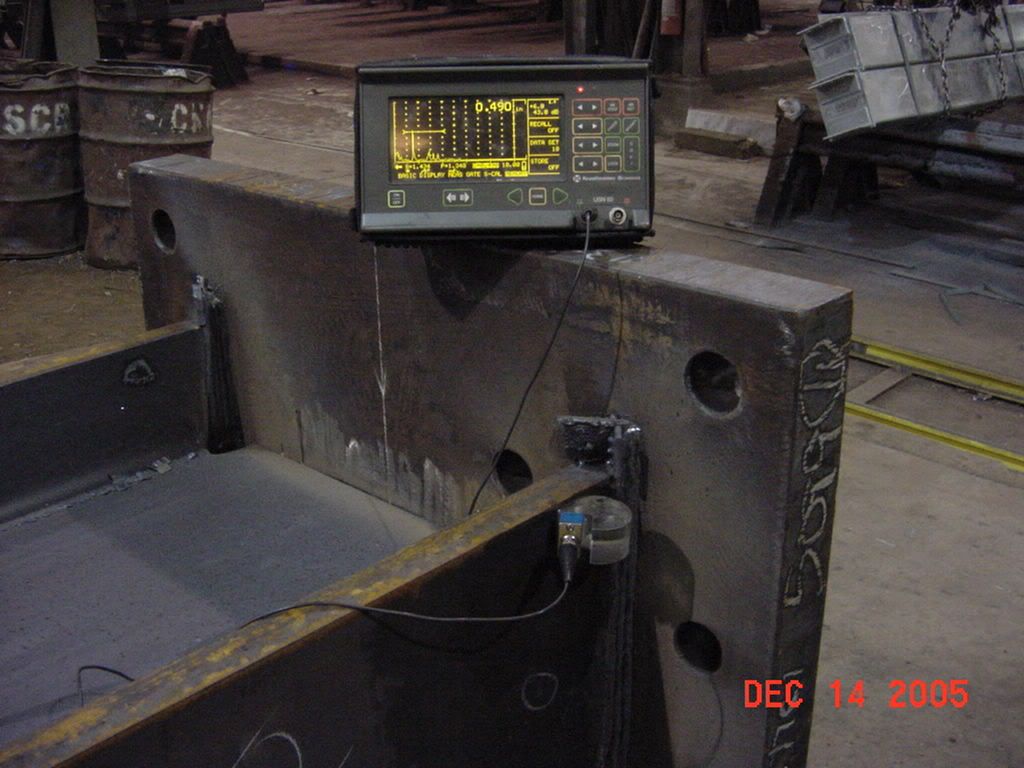That is an interesting question.
Personally, it depends upon your instructions to the welder prior to conducting the test. D1.1 does not necessarily specify but consider Clause 4.9 I believe it is about the 2nd or 3rd paragraph where it says welds shall be to the full cross section as to craters. Now, are you going to consider the very beginning and ending of a weld test plate as a crater? They do have run off tabs so it really shouldn't be that hard to fill the weld to the full cross section. But, many feel that since it is 'just' a test and the first 1" gets cut off that you don't need to worry about it at all. I don't feel quite that unconcerned about it. I inspect the whole length of the weld; undercut, overlap, fully filled weld, porosity, etc.
But, do I expect it to be filled ALL the way to the top and from the bottom? If there is a complete fill to all except a small area where the corner of the plate is more rounded than fully square, I take into consideration what my exact instructions were when beginning the testing. It does need to be a small area.
Now, if the welder finishes and adds weld there without me saying anything, why not accept it? Just as if one corrects some undercut or other discontinuity prior to declaring they are finished. While we claim it is a welding test not a grinding test, some corrections can certainly be allowed before I examine the weld. Unless the WPS does not allow power tools, then it needs to be by just adding weld.


